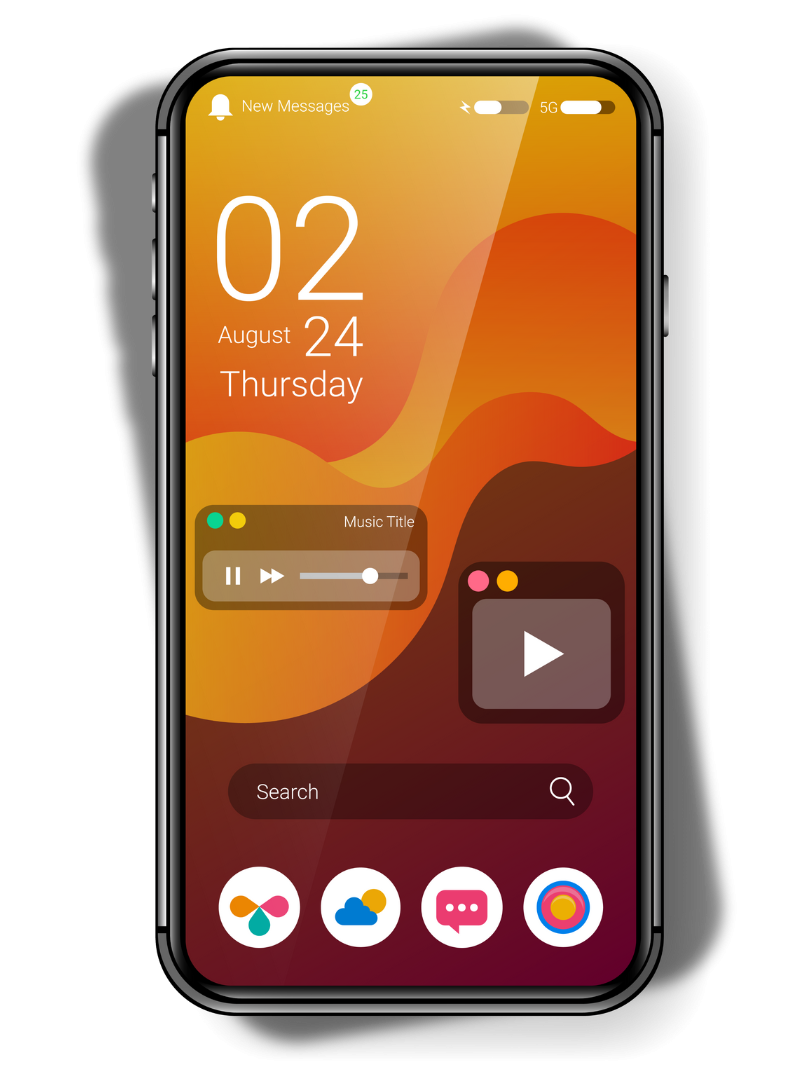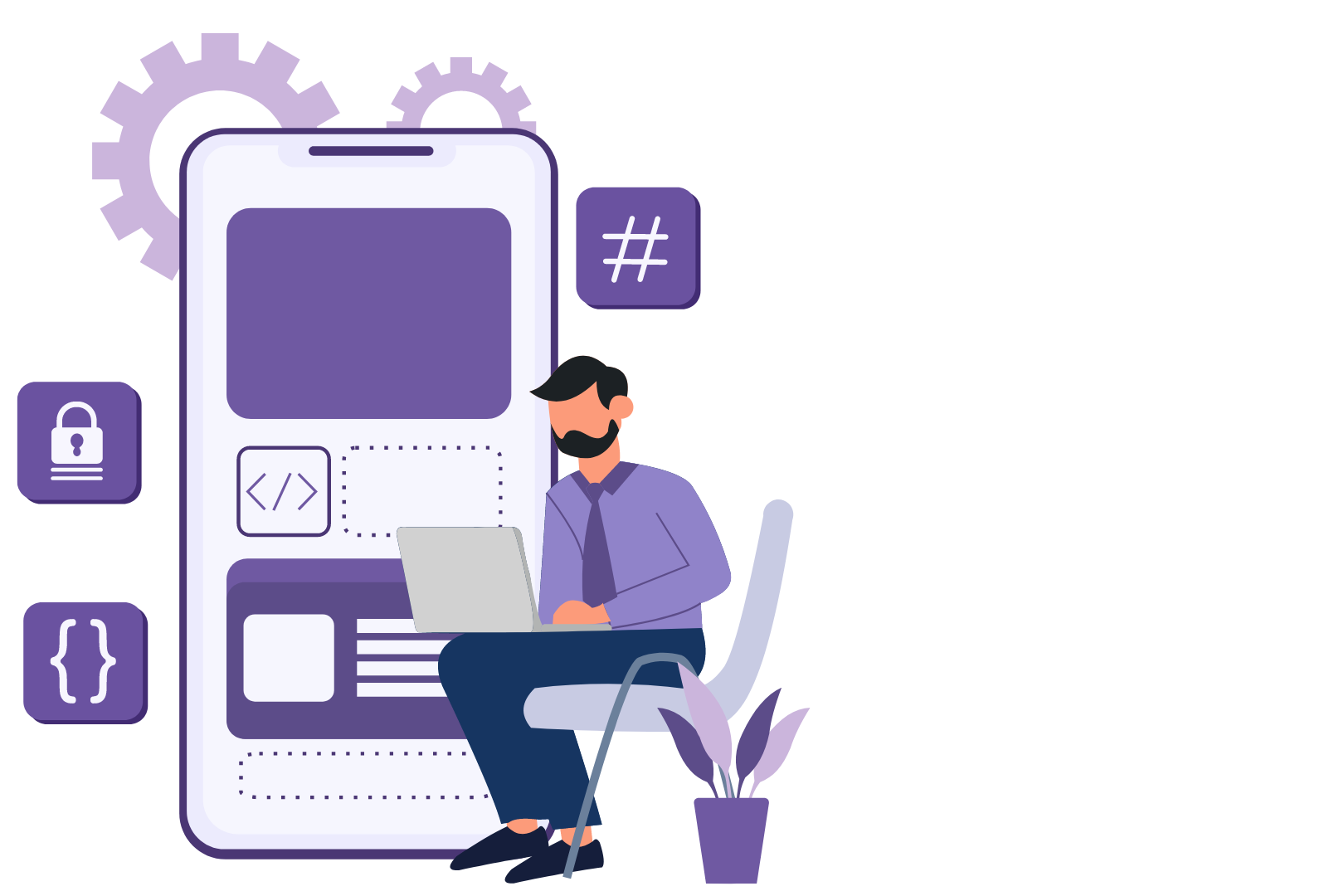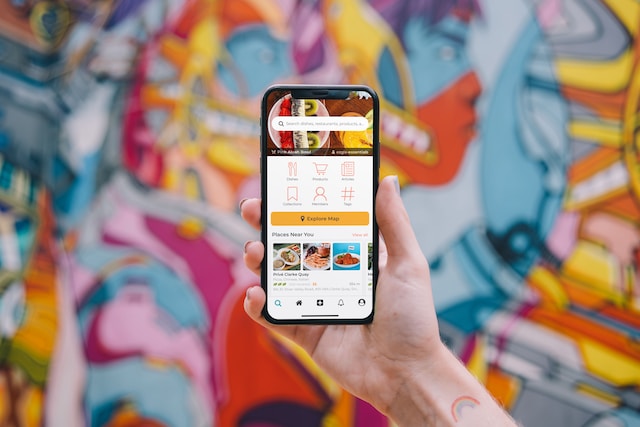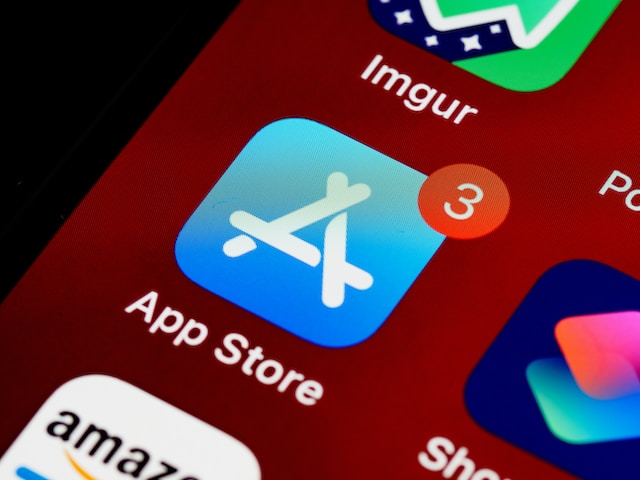The demands of today’s digital age are exceptional. Now, we need everything at our fingertips. This has made mobile apps a part and parcel of our daily lives. Building a mobile app can be a headache, but not if you focus on app design as the North Star of your mobile app.
App design is not just about appearance; it’s about an ‘emotion’ that translates throughout the app. How users feel and interact with your app and how they want to come back after using it all hinge on your app design.
In this article, we’ll unveil how to begin with the mobile app design from the ground up, the secret recipe of creating cohesive user experiences, and practical tips to craft a professional-looking mobile app design.
So roll up your sleeves and begin reading!
1. Do Market Research
As clichéd as it sounds, market research is the first step in mobile app designing. App designers should begin with in-depth market research and come up with useful data out of it. Market research includes collecting data about your potential users’ demographics and interests, as well as market trends and competitors.

This data helps in identifying user personas, preferred app niche, market gaps and pain points. An intensive market research is what sets the foundation and roadmap of your mobile app development.
Try these approaches to market research:
- Competitor research: One aspect of market research is researching your competition. Identify some of your direct competitors and dig deeper into their design strategies, marketing platforms, and distribution channels. Take notes of their journey; discover their strengths and weaknesses and find where they have gaps.
- Customer segmentation research: As its name depicts, customer segmentation research is the process of breaking down your target market into more manageable segments according to their age, gender, behaviors, and other characteristics. This allows you to specifically focus on your niche and cater to the needs, interests and preferences of your target audience through your mobile app.
- Usability testing: Once you’ve designed a raw sketch of your app, usability testing becomes a need. It refers to the analysis of different sections of your app, determining how your app will work in various scenarios. Moreover, usability testing helps you improve your designs by conducting platform-specific research (Android and iOS). Keep in mind that design standards for Android apps could differ from those for iOS apps.
- Product research: Unlike usability testing, that focuses more on the usability aspect of a software, product research emphasizes on the viability and scalability of your app idea. By enabling you to assess the viability of your app idea before you even start development, product research can help you steer clear in the sea of numerous similar apps.
2. Create User Journey Maps: Wireframes, Mockups, Prototypes
The next step in designing a lifelike app is outlining a clear blueprint of your app’s functionality. Usually, this phase begins with wireframes, moving on to mockups and then prototypes. Creating user journey maps help you imagine your app interface, navigation and workflow. Thus, app designers will get to know where to place essential elements and inculcate user interactive models for a seamless and smooth user experience.
3. Optimize Content for Mobile
To create an interactive and attractive design, app designers can make use of good content. Content is usually what gets users hooked to the app. It should be high-quality and easy to digest. The choice of words, typography and images must be clear and well-crafted.
There are some legibility and readability tips that you should keep in mind:
- Font size: Select font sizes as per different screens. On any screen, anything less than 16 pixels, or 11 points, is usually difficult to read.
- Font family: Most users favor fonts that are readable and clear. The system font (Google Android uses Roboto, Apple iOS uses San Francisco) is a good place to start.
- Contrast: Although light-colored writing, like light gray, may seem visually pleasing, people will find it difficult to read, particularly when set against a light background. For simple reading, make sure there’s a lot of contrast between the background and the typeface.
4. Display Less Cognitive Load
Cognitive load means the amount of brain power needed to use the app. Users belong to different mental capabilities and not everyone processes information in the same way. Hence, app designers should display less cognitive load to make app users stay on the app. The goal is to not overwhelm users, but to make them engaged within the app by offering simple and easy-to-grab app flow.
5. Consider ‘Touch’ As An Important Design Consideration
Touch is another important design consideration. You need to optimize your app so that users can swipe and type with ease. You will undoubtedly concur that using an app with a small touch target is quite irksome and unattractive. You have to constantly remove and re-enter your data, etc. Thus, it is advisable to take into account the dimensions of the touch area as well as the distance between tap targets. Customers quitting your app because they can’t hit the buttons is the last thing you want to happen!
6. Avoid Jargons As Much As Possible
So far, you already know your audience and their mental capacity. Your goal is to clearly communicate without any ambiguities. To achieve this, you should know what phrases and terms are familiar to your users. Avoid using inappropriate terms and technical jargons so that your app users are not lost or confused.
7. Design Consistency is the Key
One of the main ideas of mobile app design is consistency. It’s crucial to keep your app consistent throughout because this clears up any doubt the user might have. Predictability follows naturally from consistency, and when it comes to app design, this means that it will be simpler for users to comprehend and figure out how to get around it. Three methods exist for achieving consistency:
- Functional Consistency: All interactive features within the software should function similarly.
- Visual Consistency: The app’s buttons, labels, colors, and typefaces should all be the same.
- External Consistency: All digital platforms, such as Facebook and Instagram profiles, and the company website should have a consistent user interface design.
8. Keep An Eye on App Design Trends
Major trends will force considerable changes in app design. Simple animations are effective yet understated visual components that contribute to a smooth and pleasurable experience. Apps with adaptive designs are guaranteed to adjust to a variety of devices with ease, providing a unified and fantastic user experience across all platforms. App interfaces are becoming more creative and immersive thanks to the emergence of 3D design.
In addition, video content is becoming important to mobile app design because it enhances user engagement and narrative. Moreover, dark moder, minimalism, Augmented Reality (AR) integration are some of the emerging design trends in 2024, providing designers with new opportunities in a very competitive industry.
9. Last But Not the Least – Testing & Feedback
Testing and feedback do not put an end to your app design process, but they certainly validate your app design efforts. You will get to know what users like and where they get stuck within your application. Hence, you can find improvement areas and work on them.
Final Verdict
No app gets successful overnight! App designers have to try and iterate solutions again and again to achieve a desirable product. A mobile app with the right set of elements, features, easy navigation, and incorporation of the latest design trends is a recipe for an appealing and user-friendly app. That’s because “user” is the center of attention in such scenarios.
Never lose sight of your enthusiasm as you set out to develop apps, and always keep in mind that there is always an opportunity to produce something stunning, useful, and memorable with each click, swipe, and interaction.
If you’re looking for professional help to design projects, feel free to hit us up. Stackup Solutions is ready to discuss good app design initiatives with you!

FAQs
1. Why is market research crucial before starting the app design process?
Market research helps app designers understand their target audience, identify competitors, and uncover market trends. This information allows designers to create user-centric apps that address specific needs and preferences, increasing the chances of success in a competitive market.
2. What are the key considerations when optimizing content for mobile apps?
Optimizing content for mobile involves ensuring high-quality, easily digestible content. This includes selecting appropriate font sizes and families, maintaining contrast for readability, and avoiding cognitive overload
3. How important is consistency in app design, and what are the different types of consistency to consider?
Consistency in app design is crucial for providing users with a seamless and predictable experience. There are three main types of consistency: functional, visual, and external. Functional consistency ensures that interactive features behave similarly, visual consistency maintains uniformity in design elements, and external consistency ensures consistency across different platforms and brand touchpoints.






